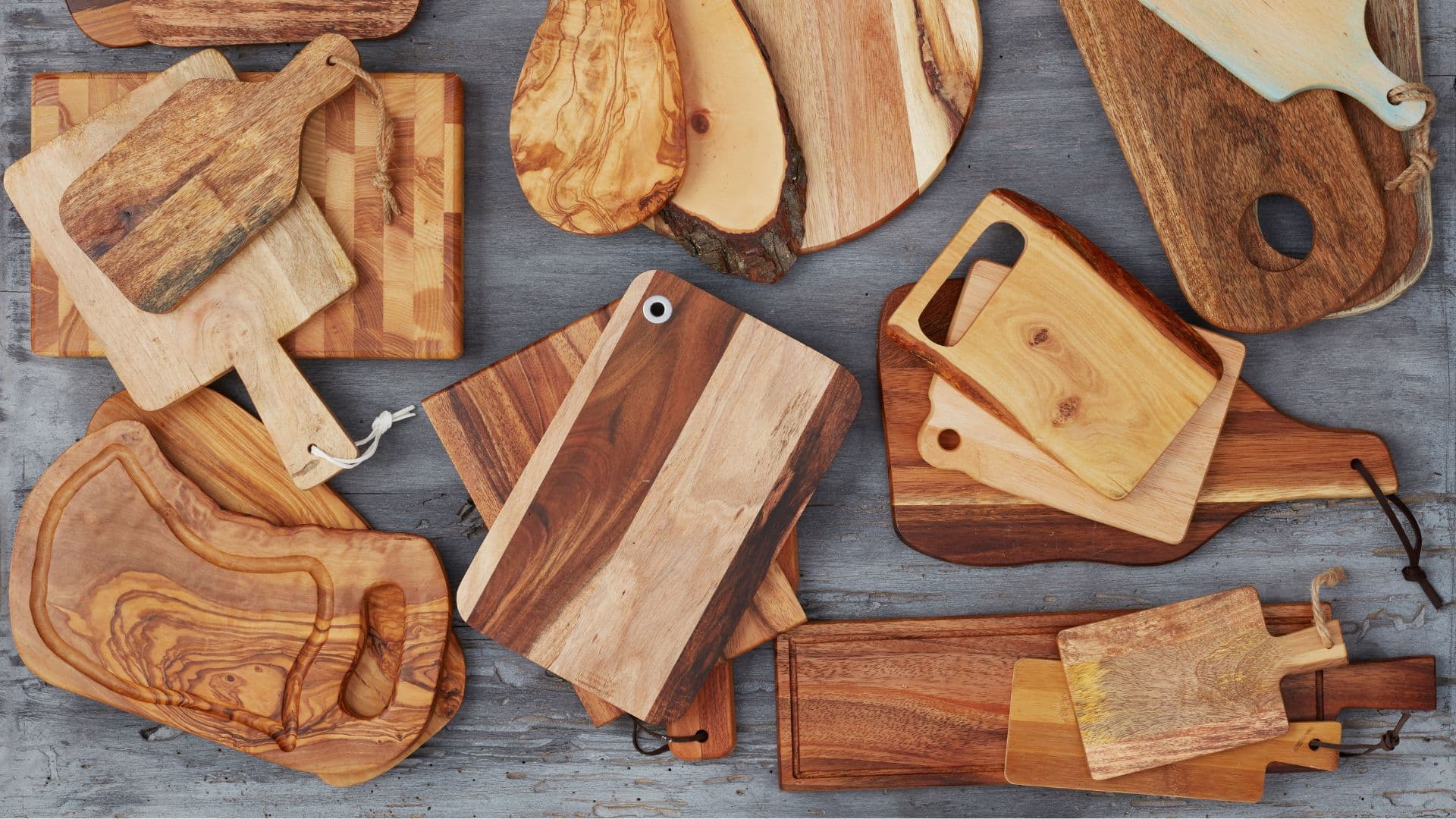The Cutting Board: Your Most Important Kitchen Surface
Discover why your choice of cutting board affects everything from knife longevity to food safety. Learn how to select, prepare, and maintain a wooden cutting board that will serve as the foundation of your cooking for decades to come.
Introduction

Learning Objectives
1Understanding how cutting board choice affects your cooking efficiency and food safety
2Selecting the right size and material for lifelong use
3Maintaining your cutting board to ensure its longevity
Stay Updated with KotiChef
Subscribe to our newsletter to be the first to know about new features, lessons, recipes and tools. We'll keep you informed about everything we're cooking up.